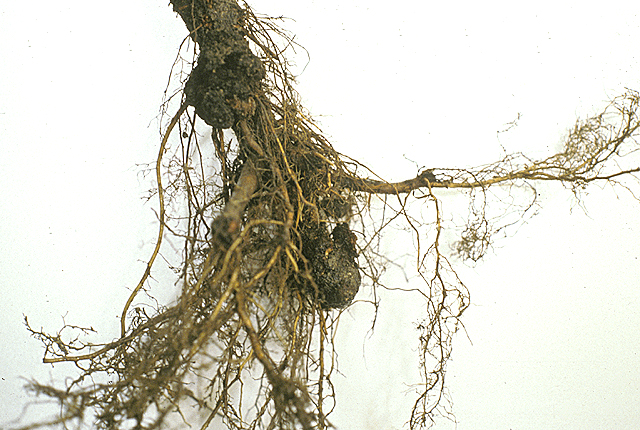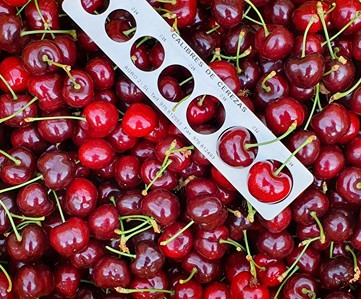For some cherry growers, blush cherries were a lifesaver in the 2023 market, which otherwise would have been very negative. "It was the only cherry we made money on last year. This is the one we count on every year," said John Griggs Jr., who farms about 200 acres of cherries - half Rainiers - with his family in the Orondo, Washington area.
While the price of dark cherries steadily declined as shippers struggled to move unprecedented daily volume, the price of Rainiers and other yellow and red cherries held above $5 per pound, according to the U.S. Department of Agriculture's Agricultural Marketing Service, and was even higher in export markets.
It is hoped that these prices will encourage growers to invest in the cultivation of this fragile and flavorful fruit, even as production costs rise, said B.J. Thurlby, president of the Northwest Cherry Growers. "We don't want to lose shelf space (for yellow cherries). We've fought for 30 years," he said. "They definitely require extra labor, but it shows in the finished product. They are considered a real delicacy."
Shelf space has shrunk somewhat: in 2023, Northwest growers shipped 1.55 million boxes of blush cherries, down from the previous five-year average of 1.9 million boxes. But Thurlby doesn't believe this is due to increased labor costs.
"For years, Rainiers were interspersed with Bings, and as Bing orchards aged, the Rainiers that were there for pollination disappeared," Thurlby said.
Some growers continue to grow them this way, but others have invested in higher density systems and formal training to grow blush cherries with less risk of bruising and better light penetration.
In any case, blush cherry growers are trying to save on harvest labor costs by reducing picking passes - through the use of reflective mulch, summer pruning, plant growth regulators, and more - to keep production costs in check.
Gary Ormiston, a grower in Prosser, Washington, grows some of the oldest Rainier trees in the world. His father planted them in the early 1960s when Washington State University released the variety as a Bing pollinator, and some growers saw its potential as a table cherry.
"If they hadn't been Rainiers, these trees would have disappeared a long time ago," said Ormiston, who grows 150 acres of cherries, with a strong presence of Rainiers. "I'm a bit old school in my orchards, but the trees aren't as big as they used to be, for labor reasons."

With high fruit prices, his father's trees continue to pay the bills, even if horticulture isn't what it used to be. Ormiston has invested in reflective mulch to enhance color and uses GA and altitude and slope variation to extend the Rainier season, along with some Early Robin plants.
"In the past, I always tried to get an early start and pick the tops for the first market money," Ormiston said. This was followed by another two or three passes, but recently, he's experimented with a single-pass approach. "Now, with heavier pruning to let in the light and reflective mulch, I think this one-shot harvest is pretty good."
It's painful to leave fruit on the trees, but the smaller passes aren't enough, he said.
Ormiston hand-packs his Rainiers on the farm, hiring about 75 people for a short season, mostly local school district employees. This method is gentler on easily bruised fruits and allows him better cost control.
Read the full article: Good Fruit Grower
Images: Good Fruit Grower
Cherry Times - All rights reserved












